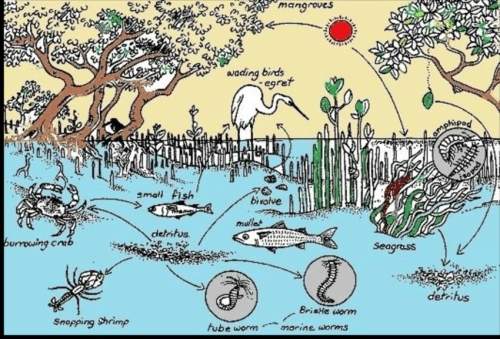
Biology, 31.10.2020 16:30 camrynhelm7193
Most cells are between 2 micrometers and 200 micrometers too small to be seen with naked eye. Remember, a micrometer is 1 millionth of a meter! Why can’t cells ever become larger than that? Why don’t we regularly find one-celled organisms the size of small multicellular animals, like frogs or even flies? In other words, why can’t there ever be an organism which is visible to the naked eye and that is one giant cell?
In order for cells to survive, they must constantly exchange ions, gases, nutrients, and wastes with their environment. These exchanges take place at the cell’s surface—across the cell membrane. The movement of these materials is accomplished mostly by diffusion (flow of solutes down a concentration gradient) across the cell membrane. Consequently, factors that affect diffusion can affect the survival of a cell.
One of the core principles that governs the efficiency of diffusion is the ratio of surface area to volume. Surface area is the amount of cell membrane available for diffusion. So for a cell, surface area actually represents how much diffusion that can happen at one time. Whereas volume is the amount of cytoplasm contained within the cell membrane. So for a cell, volume is how long It takes to get from the membrane to the center of the cell by diffusion.
Therefore, to perform diffusion efficiently, there must be an adequate ratio between the cell’s surface area and its volume. But as a sphere (the simplest model of cell shape) gets larger, its volume increases at a different rate than its surface area. In this lab, we will investigate this relationship and how it affects diffusion time.
The prime limitation to cell size is the limitation imposed by diffusion. Diffusion is a very slow process. If a cell were 20 cm (~8 inches), it would take days for nutrients to reach its center or for wastes to reach the cell membrane. The cell would quickly starve to death or poison itself with its own wastes. So what’s the solution, if a cell approaches its maximum size? It’s time to divide! If cells receive the proper signals, they will divide by mitosis before they become too big.

Answers: 2
Another question on Biology

Biology, 22.06.2019 03:00
What is true of all organisms in the kingdoms protista, plantae, fungi, and animalia? a. they are multi-celled. b. they are photosynthetic. c. they have cells that contain membrane-bound organelles. d. they contain cells that lack membrane-bound organelles.
Answers: 2

Biology, 22.06.2019 06:00
Which example would the nurse consider to be a part of systems thinking theory?
Answers: 1

Biology, 22.06.2019 09:00
When a gasoline engine burns gasoline, what type of chemical reaction is occurring?
Answers: 1

You know the right answer?
Most cells are between 2 micrometers and 200 micrometers too small to be seen with naked eye. Rememb...
Questions

Social Studies, 28.07.2019 05:50

Geography, 28.07.2019 05:50


Social Studies, 28.07.2019 05:50




Computers and Technology, 28.07.2019 05:50








Social Studies, 28.07.2019 05:50

Biology, 28.07.2019 05:50






